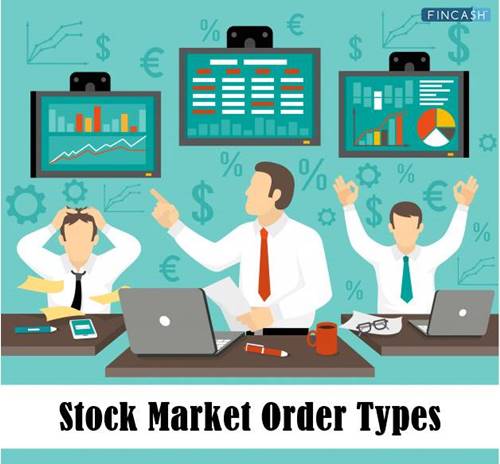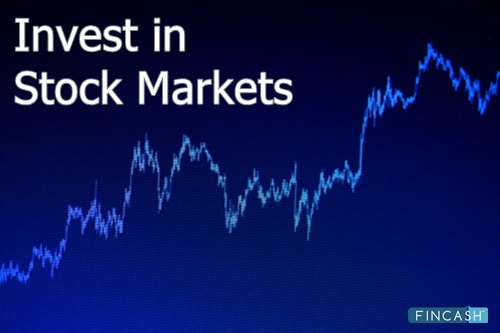
Table of Contents
The Most Common Stock Market Order Types
Trading, as a complete procedure, surpasses the complications of mere purchasing and selling. There are several methods to implement when it comes to buying and selling, with varying order types. And, admittedly, each of this method services a different purpose.
Basically, every trade comprises different orders that are combined to form a complete trade. Every trade consists of at least two orders; while one person places the order to purchase a security, and the other places an order to sell that security.
So, those who are not well-versed with stock Market order types, this post is specifically for them, trying to dig deeper in the methodologies.

What is a Stock Market Order?
An order is an instruction that an investor provides to purchase or sell stocks. This instruction can either be given to a stock broker or on a trading platform. Consider that there are different stock market order types; these instructions can vary accordingly.
Essentials of Placing an Order
One single order is either a sell order or a buy order, and that has to be specified, irrespective of the order type that is being placed. Essentially, every order type can be used to purchase or sell securities. Also, both buy and sell orders can either be used to enter a trade or exit it.
In case you are entering a trade with a buy order, then you would have to exit it with a sell order and vice versa. For instance, a simple trade takes place when you expect stock prices to increase. You may place a one buy order to step in the trade and then, one sell order to exit that trade.
If the stock prices increase between these two orders, you will make a profit upon selling. On the contrary, if you are expecting the stock prices to decrease, you get to place a sell order to enter a trade and one buy order to exit. Commonly, this is known as shorting a stock or shorting. It means, the stock is sold first and then purchased later.
Talk to our investment specialist
Types of Stock Market Orders
Some of the most common stock market order types are listed below:
Market Order
This one is an order to purchase or sell securities instantly. This order type guarantees that the order shall be executed; however, it doesn’t guarantee the price of execution. Generally, a market order executes at or around the current bid or ask for the price.
But, it is essential for traders to remember that the last-traded price will not specifically be the price at which the next order will be executed.
Limit Order
A limit order is an order to purchase or sell securities at a certain price. A buy limit order can be placed only at the limit price or lower than that. And, a sell order can be placed at the limit price or higher than that. For example, suppose that you wish to buy shares of a stock but don’t want to spend anywhere more than Rs. 1000.
You can then submit a limit order for that amount, and your order will be placed if the stock price touches Rs. 1000 or is lower than that.
Stop Loss Order
This order type has been designed to restrict the loss of investors on a position in securities. For instance, suppose if you hold 100 shares of a specific company at Rs. 30 per share. And, the stock is trading at a price of Rs. 38 per share.
You would obviously want to continue holding your shares for more upsides. However, at the same time, you would not want to lose unrealized gains as well, right? Thus, you continue holding the stocks but sell them if their price goes below Rs. 35.
Conclusion
At first, being used to the trading orders could be quite confusing. And, there are several other stock market order types existing out there. Putting up the wrong order when your money is at stake can create several issues. The best way to get your hand on these order types will be by practising them. You can open a demo account if you want and see how the functioning takes place. And then, you can incorporate the same into your trading strategies.
All efforts have been made to ensure the information provided here is accurate. However, no guarantees are made regarding correctness of data. Please verify with scheme information document before making any investment.












